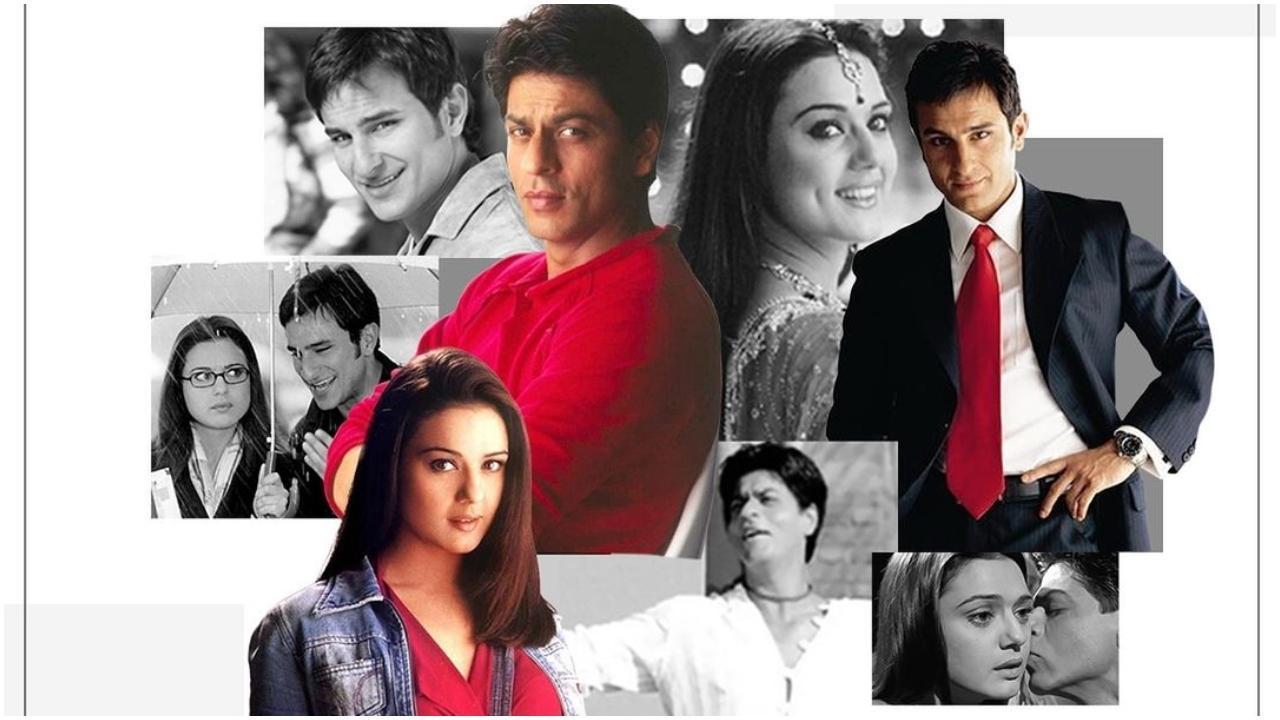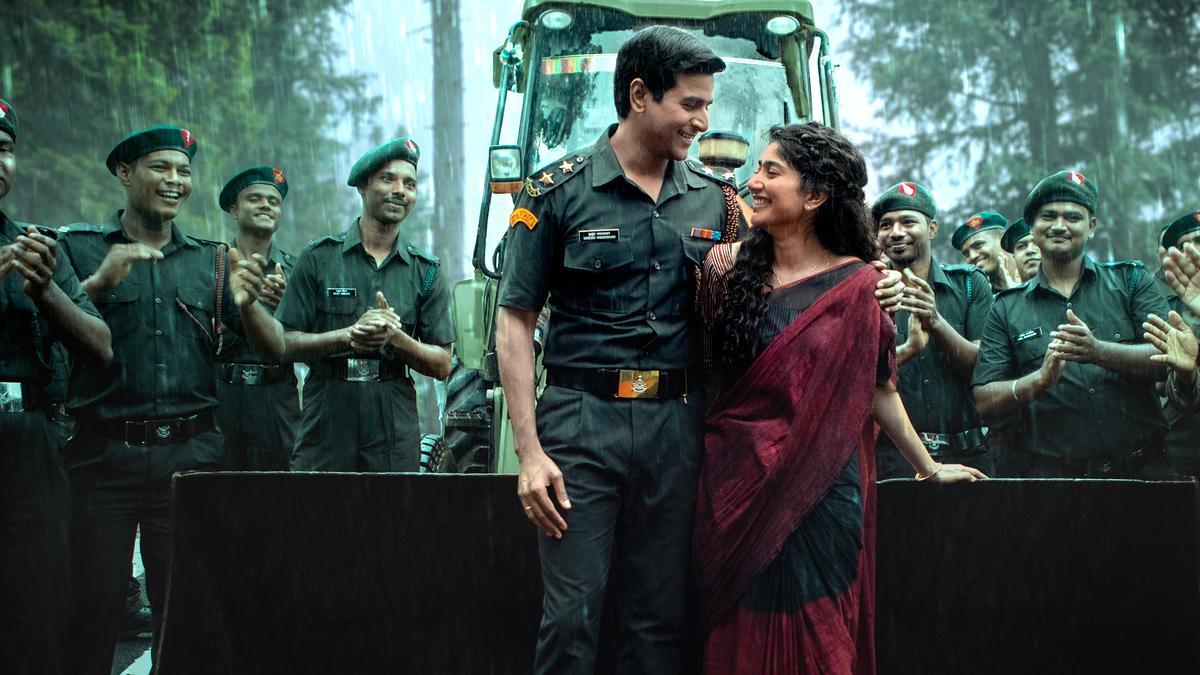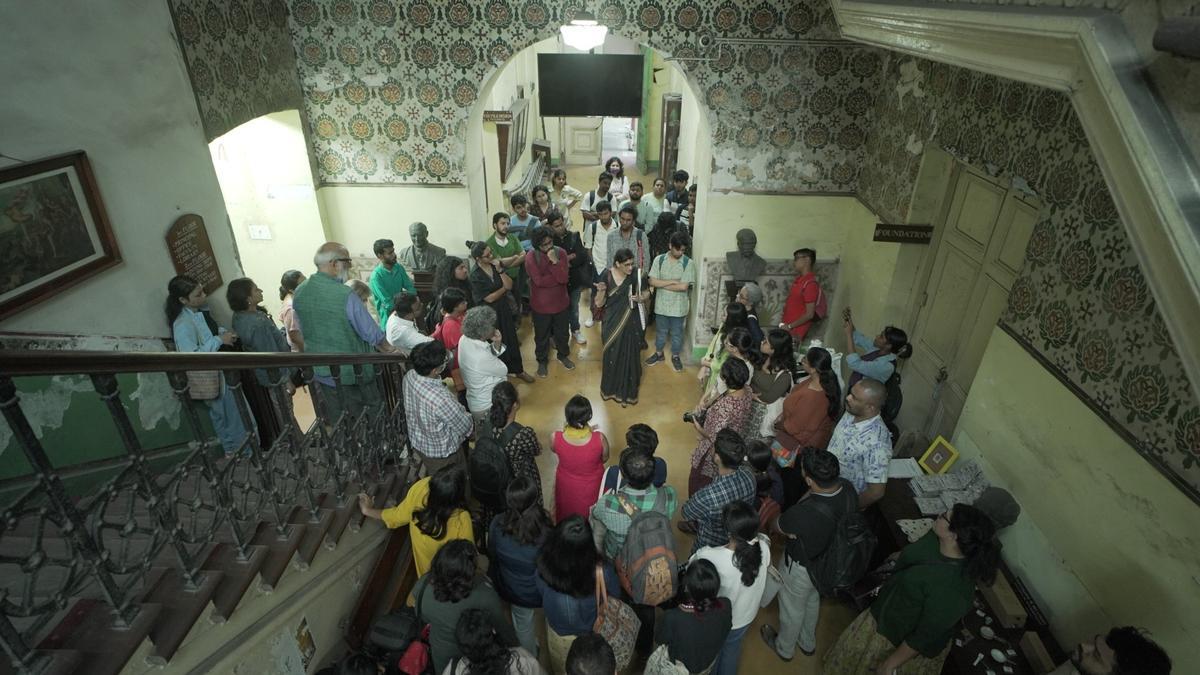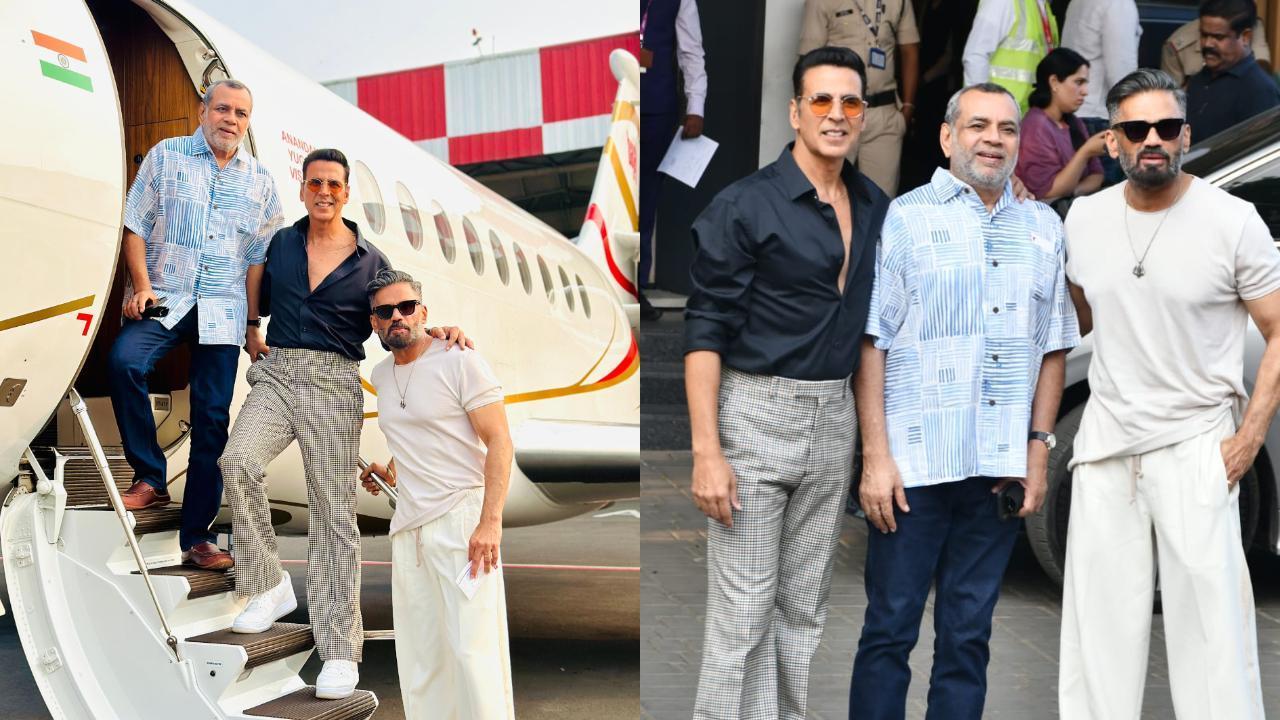
In a world dominated by digital snapshots, there exists a burgeoning love affair with the nostalgic charm of instant film photography in India. Though your smartphone allows you to capture and store countless images, an instant camera offers something unique: the immediate gratification of a physical photograph materializing in your hands. This enchanting quality of instant cameras has evidently transcended the bygone eras, ensuring their lasting presence and newfound growth within Indian markets and artistic circles.
Chennai’s own photographer Radha Rathi fondly recalls the blissful experience of receiving a Fuji Instax camera as a birthday gift from her friend Madhavan Palanisamy. The tactile appeal and aesthetic warmth of instant film photography have infused her creative pursuits ever since. Radha’s choice to utilize this medium for a Spring-Summer campaign back in 2016 proved to be an apt reflection of the collection’s relaxed yet vibrant character, effortlessly captured by the unique hues of Polaroid films.
Since their introduction by Polaroid in the 1940s, instant cameras have witnessed various phases of consumer interest. Despite Polaroid’s financial turbulence and its eventual bankruptcy in the early 2000s, it saw a revival through the pioneering efforts of the Impossible Project, which aptly rebranded itself as Polaroid in 2020, spurring the nostalgic comeback.
In India, while Polaroid has not established a direct footprint, the market dynamics exhibit a different story. Retailers such as Foto Trade in Chennai report a 30%-40% annual increase in instant camera sales, with Fujifilm’s Instax line leading the trend. But instant film isn’t merely a commodity; for photographers like Gayatri Nair, co-director of Chennai Photo Biennale, it represents an accessible means of creating analog images, with all its low-resolution, softly blurred charm.
The constrained lockdowns of the pandemic era forced photographers like Karanjit Singh to explore their immediate surroundings, finding solace and narrative in the constrained frames of instant photography. Karanjit’s introspective series “Main Hun Theek Thaak Haan” (I’m Fine Now) was an outcome of his contemplative engagement with the medium during tumultuous personal circumstances.
Juxtaposing the global reach of instant film cameras, Jaisingh Nageswaran from Tamil Nadu captured the vibrant community at the Koothandavar festival using a Fujifilm Instax Wide 300. His series, “The Lodge,” which brought to light the lives of trans individuals during this festival, garnered international acclaim, winning him the Grand Prix at Kyotographie Photo Festival in Kyoto, Japan.
Despite its unique and charismatic qualities, instant film photography remains on the fringes of mainstream galleries in India. Yet, it has been an integral artistic medium for icons like Andy Warhol and Ansel Adams. The distinctive character of instant photos remains undiminished by their uncommon presence in high art exhibitions, perhaps due to the perceived simplicity of the point-and-shoot process.
Directors of museological institutions like Aditya Arya of Museo Camera Museum acknowledge the historical and aesthetic value of instant cameras. Aditya recalls the quirks of shooting with a Polaroid under challenging temperature conditions, an anecdote that highlights the tactile involvement when working with these cameras.
The emotional and historical connection that photographers like Akash Ghai have with instant cameras underscores the medium’s personal appeal. Akash’s familial link to a Polaroid Land 1500 and its subsequent influence on his artistic journey, including his zine “Mood Swings”, illustrates the camera’s role as a conveyer of profound expressions and lived experiences.
The discourse surrounding instant film in India weaves through personal nostalgia, creative exploration, and public exhibition. Radha Rathi’s “Last Summer,” a catalogue of instant photos digitized and paired with poetry, encapsulates this journey—a testament to the idea that instant film, with its inherently imperfect but tactile charm, offers a tangible memento of fleeting moments and emotions. This vibrant and deeply personal aspect of instant film photography ensures its continued adoration among photographers, collectors, and appreciators of art in India.










